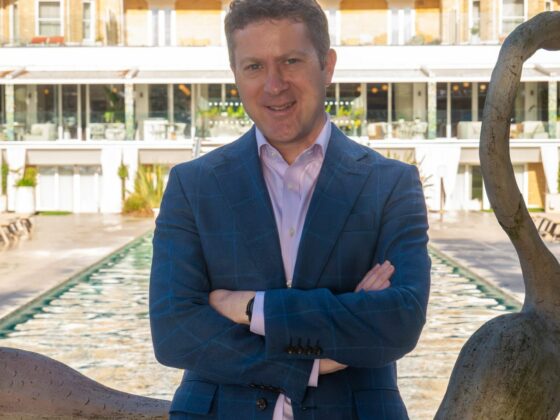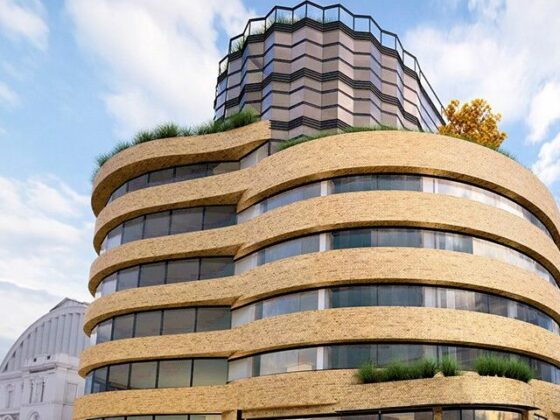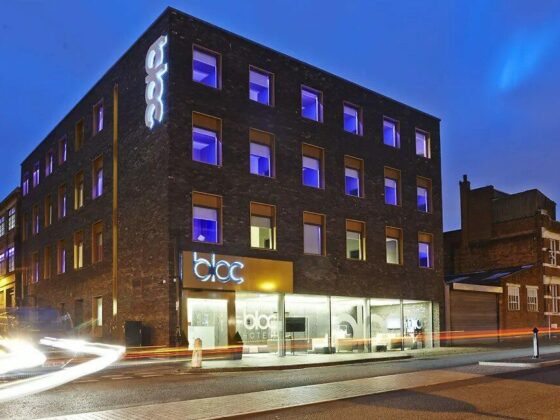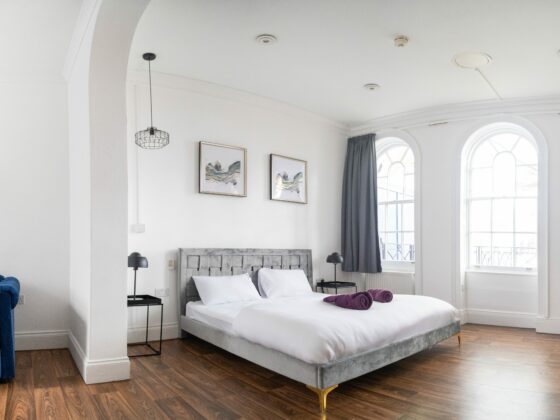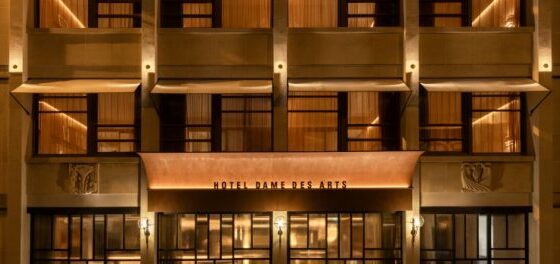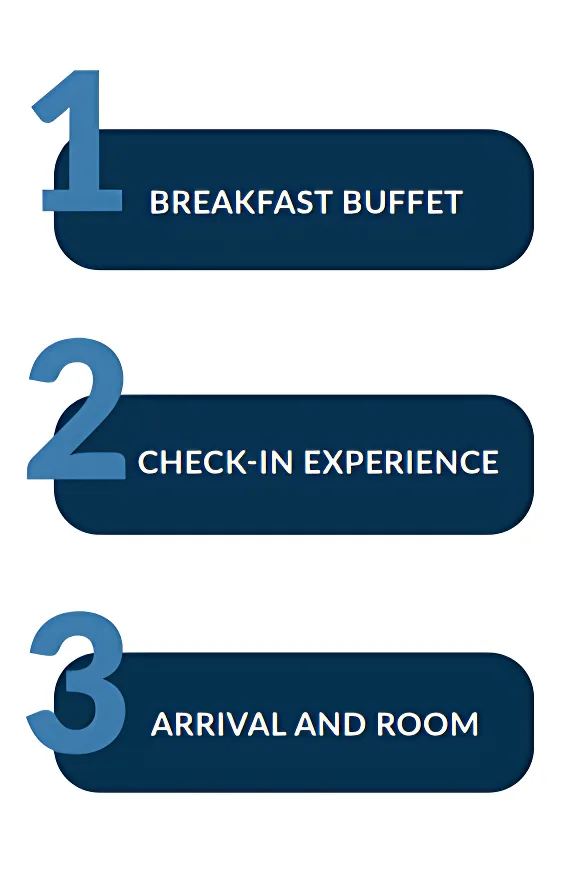
Gille Bonaventure applies a ‘growth hacker’ mindset to guest experience: test ideas, measure success using the ReviewPro tools, repeat what works and rectify what does not. This requires that first he and his staff put themselves ‘in the guests’ shoes,’ to empathize with the experience they are having and really think about what would make the stay better. In short, identify what has most positive or negative impact on guest satisfaction.
“In my early career I visited over 1,500 hotels worldwide I saw good, bad and mediocre hotels. But what I learned is that the experience is often in the small details and in simply setting the correct expectations.”
-Gilles Bonaventure.
They focused on three areas of improvement: room, check-in experience, and arrival & room. Once a change was shown to be effective in a test hotel it was written into the operations procedures for all the local brands and rolled out.
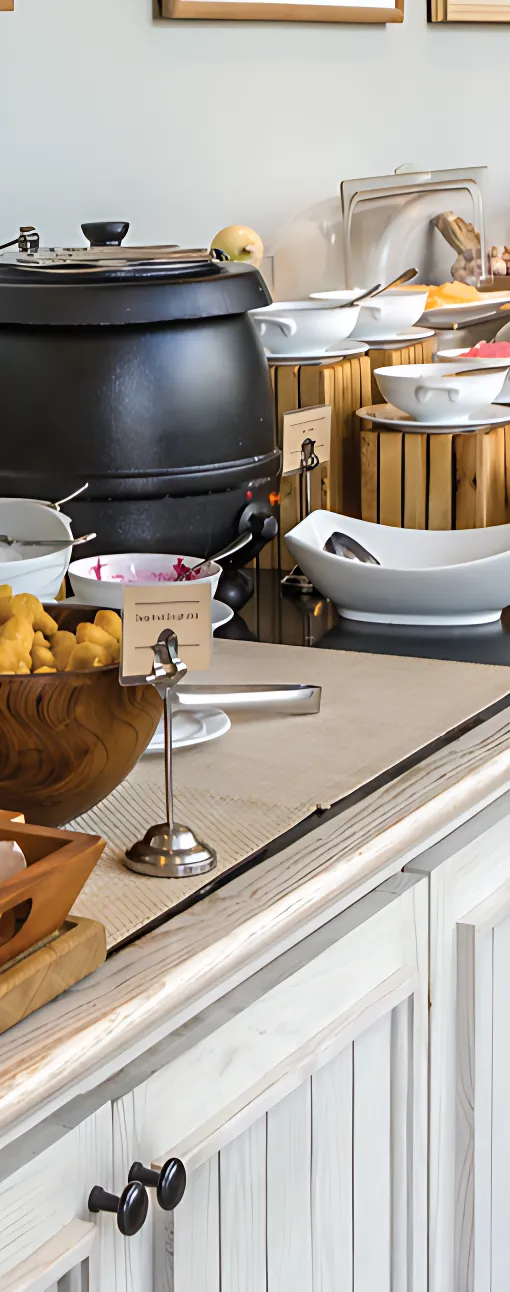
1.Breakfast buffet
Gilles Bonaventure and the hotel teams started by personally contacting every guest that gave a low score for breakfast, to find out why. The selection of food was then adjusted to local tastes (adding noodles and pork to the menu), and clearer labelling made visible so guests could quickly see what was on offer. They removed any dish that had zero positive impact on scores from local guests (pickles, cheese) and also added a reservation time for breakfast to regulate the restaurant during Covid and improve the waiting times.
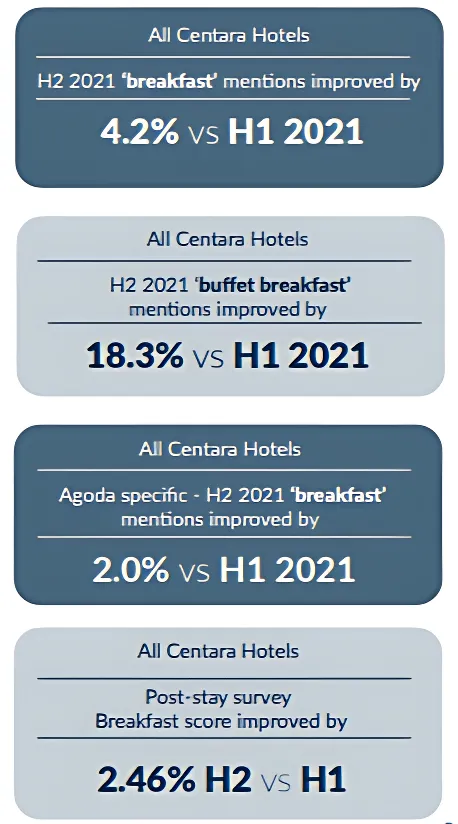
2. Check-in experience
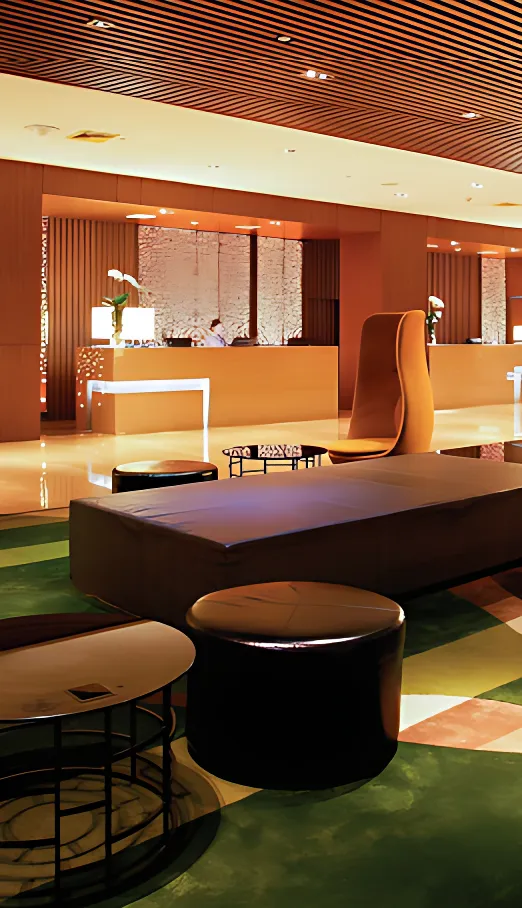
The brand added kids’ entertainment areas with magicians and clowns. Staff also provided clear signage where luggage services were not part of the hotel offering, to safeguard the right expectations and ensure it did not cause any negative reviews.
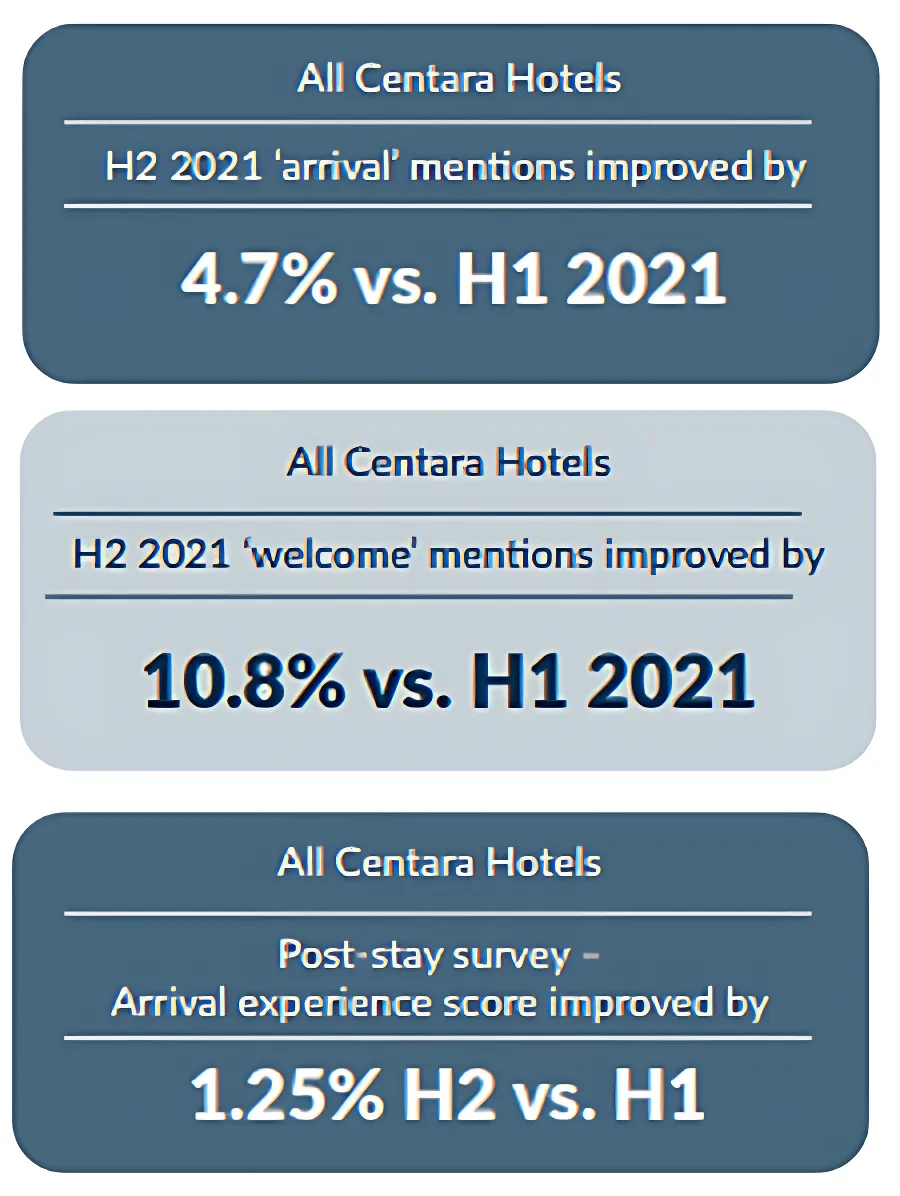

“Thai guests do not like to wait! In some of our resorts with 600 rooms, this can be tricky.”
-Gilles Bonaventure
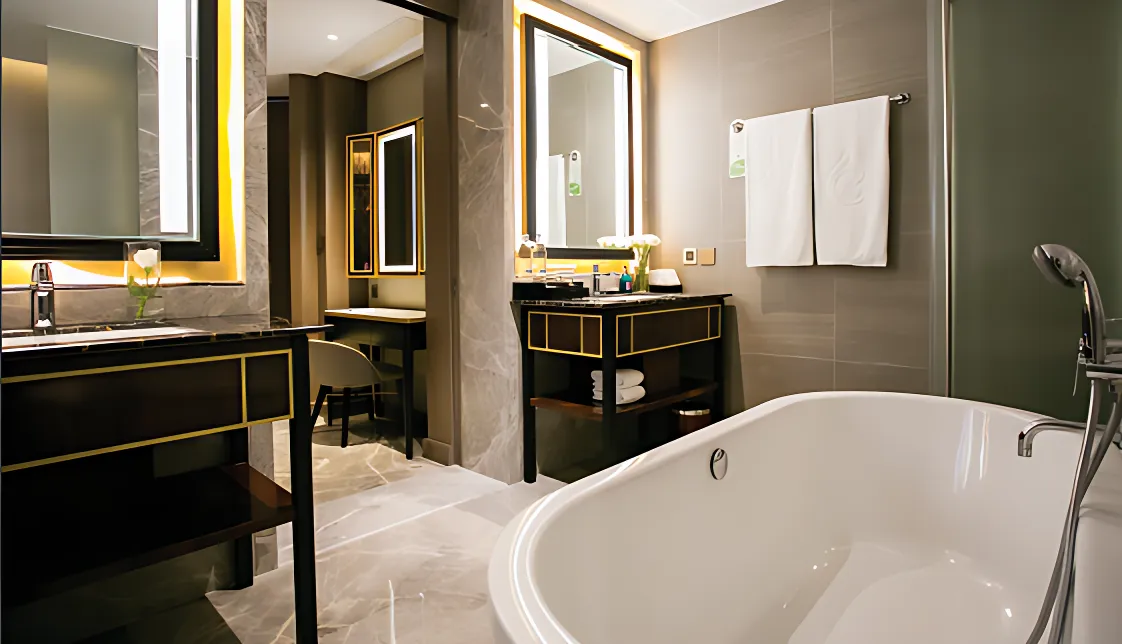
3. Arrival & Room
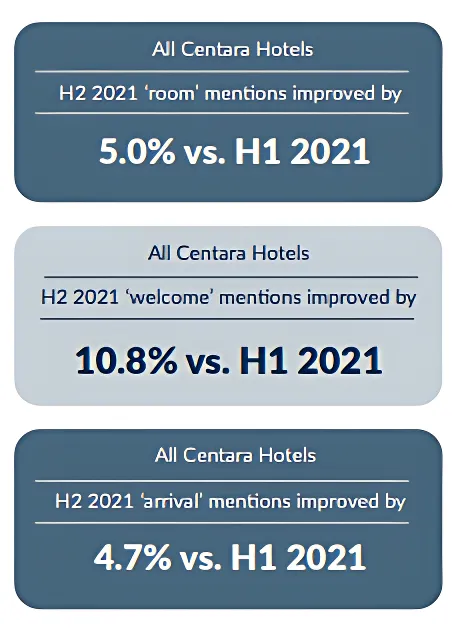
Every day, 10% of rooms are personally checked by the General Manager and the hotel team, while Wi-Fi and TV are checked in all rooms by housekeeping daily. The results of the inspections are entered into a scoring system which gives a green, orange or red classification. The rooms are clearly visible on a board behind reception and allocated accordingly and if a guest has booked a room that turns out to be ‘red’, they are often upgraded as a gift from the hotel.
“A good first impression goes a long way in a room, and a bad one can generate a negative score no matter what happens during the rest of the stay.”
Staff are instructed to make sure windows are open onto great views, rooms smell fresh and were well lit, and that there are cards to indicate the move to environmentally friendly refillable amenities.

